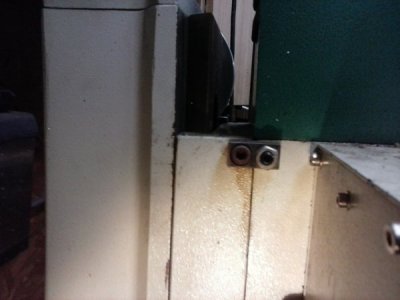- Joined
- Feb 1, 2015
- Messages
- 9,605
At 1:12 - 1:16 in the 1st video, he shows the calibration procedure. First one indicator is zeroed on the magnet and then the second. When the indicators both read the same, they At this point you are not saying anything about the table and its relationship to the spindle angle; only that when the indicators read the same, the indicator tips lie in a line perpendicular to the spindle axis. The head could be tilted by 10º and the calibration would still be valid as long as the indicator points reference the same point.
The one concern that I have with Tubalcain's calibration is that it doesn't take into consideration any angular runout in his collet, chuck, or however he mounts the spindle square. Edge Technology's method does compensate for any runout.
Also, when he splits the difference in his tramming procedure, he is actually adjusting so both indicators read the same just as done in Edge Technology's video.
The one concern that I have with Tubalcain's calibration is that it doesn't take into consideration any angular runout in his collet, chuck, or however he mounts the spindle square. Edge Technology's method does compensate for any runout.
Also, when he splits the difference in his tramming procedure, he is actually adjusting so both indicators read the same just as done in Edge Technology's video.



